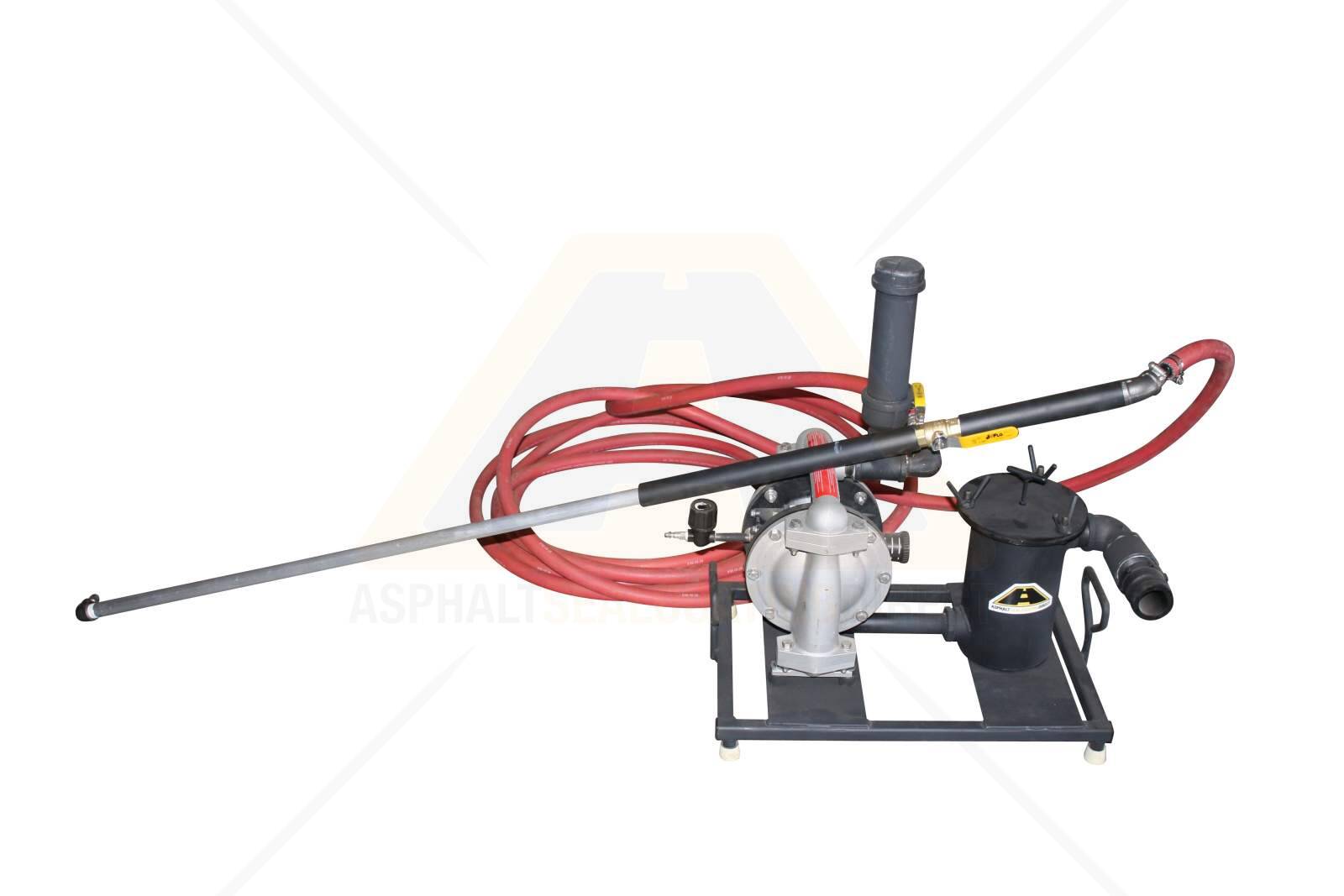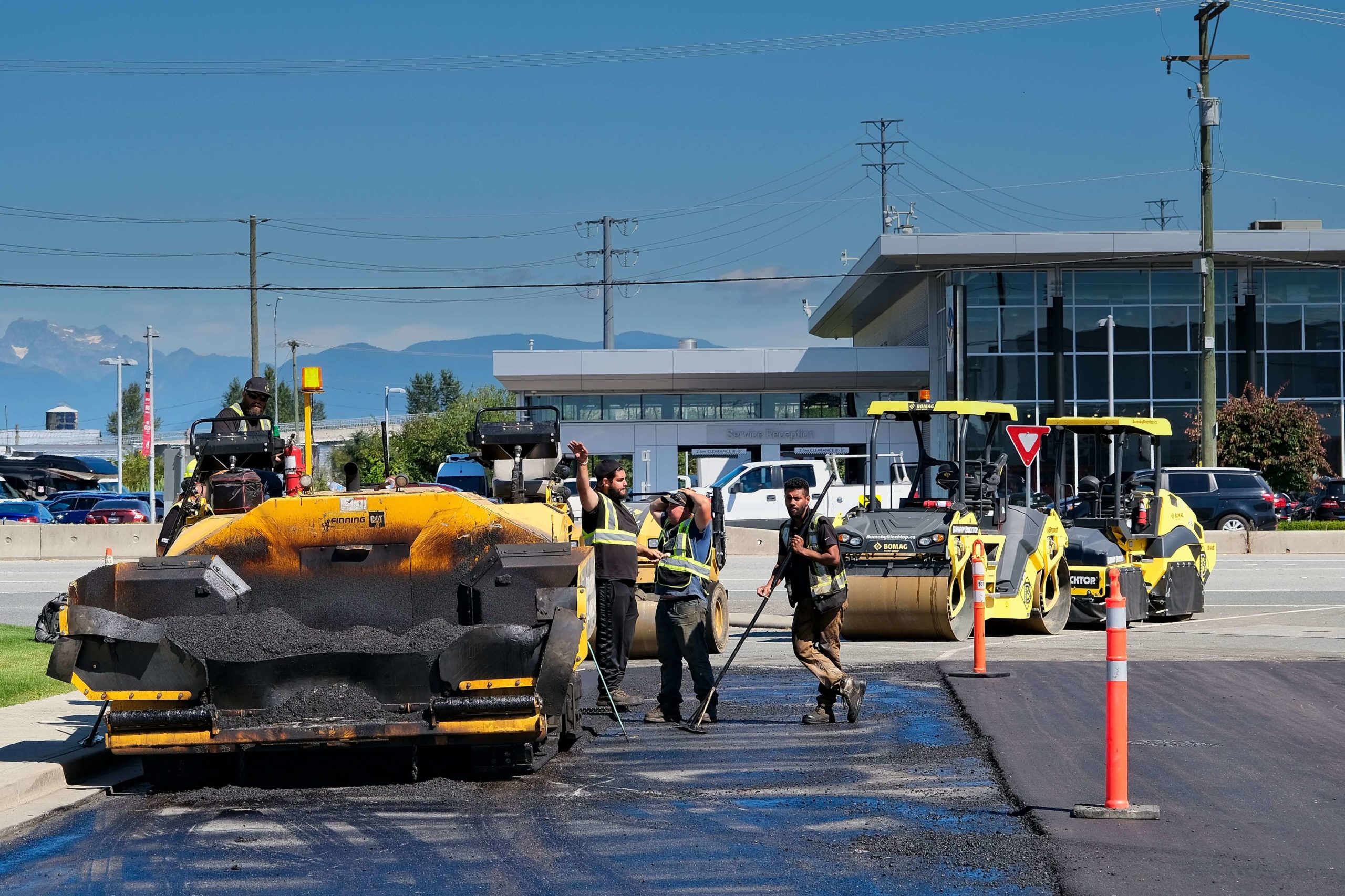The Future of Road Building: Cold Mix Asphalt Innovations
In the world of roadway construction, the advancement of cool mix asphalt developments holds significant assurance for improving infrastructure advancement. As the need for sustainable options remains to expand, the combination of these innovations uses a glimpse into a future where roadways are not just pathways but also factors to environmental preservation and performance. The potential for improved toughness, cost-effectiveness, and performance raises fascinating inquiries about how these technologies may redefine the landscape of transport framework.

Lasting Advantages of Cold Mix Asphalt
Cold mix asphalt supplies a lasting solution for roadway building and construction tasks because of its eco-friendly residential or commercial properties and expanded long life. Unlike traditional warm mix asphalt, cold mix asphalt does not call for heats throughout the mixing process, resulting in significantly lower power intake and minimized greenhouse gas emissions (asphalt patch repair). This makes chilly mix asphalt a much more green choice for road construction projects, lining up with global initiatives to lower carbon impacts and combat environment change
The production of chilly mix asphalt takes in less power and fuel contrasted to hot mix asphalt, making it a more sustainable option for maintaining limited resources. By picking chilly mix asphalt for roadway building tasks, stakeholders can contribute to a more sustainable and effective transport network.
Improved Longevity and Durability
Enhancing the sturdiness and long life of road framework is an important facet of maximizing transportation networks. Cold mix asphalt innovations play a considerable function in attaining this objective. By incorporating sophisticated innovations and ingredients, cool mix asphalts are currently designed to withstand rush hour tons, differing temperatures, and ecological factors, resulting in longer-lasting roads.
One essential variable contributing to the enhanced longevity of cool mix asphalt is its enhanced resistance to rutting and splitting. Standard hot mix asphalts are prone to these types of wear and tear, bring about enhanced maintenance requirements and much shorter roadway life-spans. Cold mix asphalts, on the other hand, display better flexibility and flexibility, permitting them to better hold up against the anxieties imposed by website traffic and weather condition conditions.
In addition, the long life of road surface areas is extended with the boosted bonding capacities of cool mix asphalt. These innovative combinations form strong adhesive bonds with existing pavement layers, developing a much more robust road framework that resists delamination and fracture formation over time. Because of this, transportation firms can take advantage of minimized upkeep expenses and extended life span of roads, eventually resulting in more resilient and lasting framework networks.

Boosted Efficiency in Different Climate Problems
Enhanced efficiency in different weather condition conditions is a crucial consideration for modern-day road building materials like cool mix asphalt. Cold mix asphalts are developed to withstand a range of temperature levels, from extreme cool to high warm, without compromising their architectural integrity.
Cold mix asphalts exhibit excellent resistance to variables such as wetness, which can create standard hot mix asphalts to weaken over time. By staying stable and sturdy in wet conditions, cool mix asphalts lower the likelihood of fractures and potholes developing on road surfaces, inevitably prolonging the lifespan of the framework.
Cost-Effectiveness and Budget-Friendly Solutions

With the rising demand for lasting infrastructure options, the focus now moves in the direction of exploring affordable and affordable options within road construction technologies. Cost-effectiveness in roadway building and construction is crucial for federal governments, municipalities, and exclusive service providers intending to take full advantage of facilities financial investments. Cold mix asphalt advancements use an appealing avenue for attaining this goal by decreasing overall project expenses.
One trick facet contributing to the cost-effectiveness of cold mix asphalt is its reduced manufacturing prices compared to conventional warm mix asphalt - cold mix asphalt. Cold mix asphalt can be produced using much less power and less sources, resulting in cost savings in production expenses. In addition, the application procedure for cool mix asphalt is less complex and calls for much less customized equipment, further minimizing construction expenses
In addition, the extended life expectancy and toughness of cold mix asphalt add to lasting cost savings. Its capacity to stand up to various weather and stand up to cracking and deterioration lead to reduced repair and maintenance expenditures in time. By welcoming cost-efficient chilly mix asphalt options, road building and construction projects can attain budget performance without jeopardizing on high quality or performance.
Environmental Impact and Carbon Footprint Reduction
Reducing the ecological impact and minimizing the carbon footprint are critical considerations in modern road construction advancements. Typical asphalt manufacturing releases significant CO2 emissions and contributes to ecological deterioration. To resolve these concerns, cold mix asphalt modern technologies have emerged as a sustainable alternative. By using cold mix asphalt, road building projects can substantially reduce their carbon footprint. This development eliminates the requirement for energy-intensive heating processes, leading to lower greenhouse gas exhausts during production. Chilly mix asphalt can be produced making use of recycled materials, further enhancing its ecological advantages.
Along with the manufacturing phase, the application of cool mix asphalt offers ecological benefits throughout the road's lifespan. The product's durability and resistance to temperature changes lower the need for regular repair and maintenance, lowering total resource intake and ecological influence. As sustainability comes to be progressively crucial in infrastructure advancement, cold mix asphalt stands out as a promising service to alleviate the environmental effects of roadway construction.
Final Thought
To conclude, cool mix asphalt technologies offer lasting advantages, enhanced durability, and enhanced performance in different weather. With cost-effectiveness and a focus on reducing ecological impact and carbon impact, chilly mix asphalt is shaping the future of road building and construction. Its environmentally friendly homes make it a promising selection for producing much safer and extra dependable roadway networks while adding to worldwide initiatives to fight climate change.
Unlike conventional hot mix asphalt, chilly mix asphalt does not call for high temperatures during the blending procedure, resulting in significantly lower energy intake and minimized greenhouse gas emissions. The manufacturing of chilly mix asphalt consumes less energy and gas contrasted to warm mix asphalt, making it a much more lasting choice for maintaining finite sources. Cold mix asphalts are made to endure a range of temperatures, from severe cold to high warmth, without jeopardizing their structural honesty.Cold mix asphalts display outstanding resistance to factors such as dampness, which asphalt repair can cause traditional hot mix asphalts to break down over time.One key element adding to the cost-effectiveness of chilly mix asphalt is its lower production prices compared to standard warm mix asphalt.